2025 opened with significant air quality developments. Below are the key regulatory changes, agency updates, and research findings we’ve been tracking. Our team will be at several upcoming events—reach out if you’d like to connect over coffee or lunch.
Colorado
The Air Quality Control Commission (AQCC) has a packed rulemaking schedule through November. Key highlights:
Landfills (Regulation 31): CDPHE’s April 2025 proposal targets methane reduction at municipal solid waste landfills. This rule could potentially lower emission thresholds for Gas Collection and Control Systems below current federal requirements, increase methane monitoring requirements, and seek to phase out open flares in favor of enclosed flares for methane emission control. Rulemaking hearing: August 21-22, 2025.
Priority Air Toxics (Regulation 30): Following January’s adoption of five priority air toxics (benzene, ethylene oxide, formaldehyde, hexavalent chromium, and hydrogen sulfide), the September 17-19 rulemaking proposes health-based standards requiring both AQCC and General Assembly approval before command-and-control requirements can be implemented.
Ozone & SIP Rulemaking (Regulation 3, 7, 25, 26): The Division is proposing multiple updates to address Denver’s ozone problem: expanding LDAR requirements to transmission and storage facilities, seasonal separator maintenance restrictions, NOx intensity program extensions, VOC limits on aerospace coatings, and expanded engine requirements in Northern Weld County. The emission reduction credit program may finally see significant overhaul.
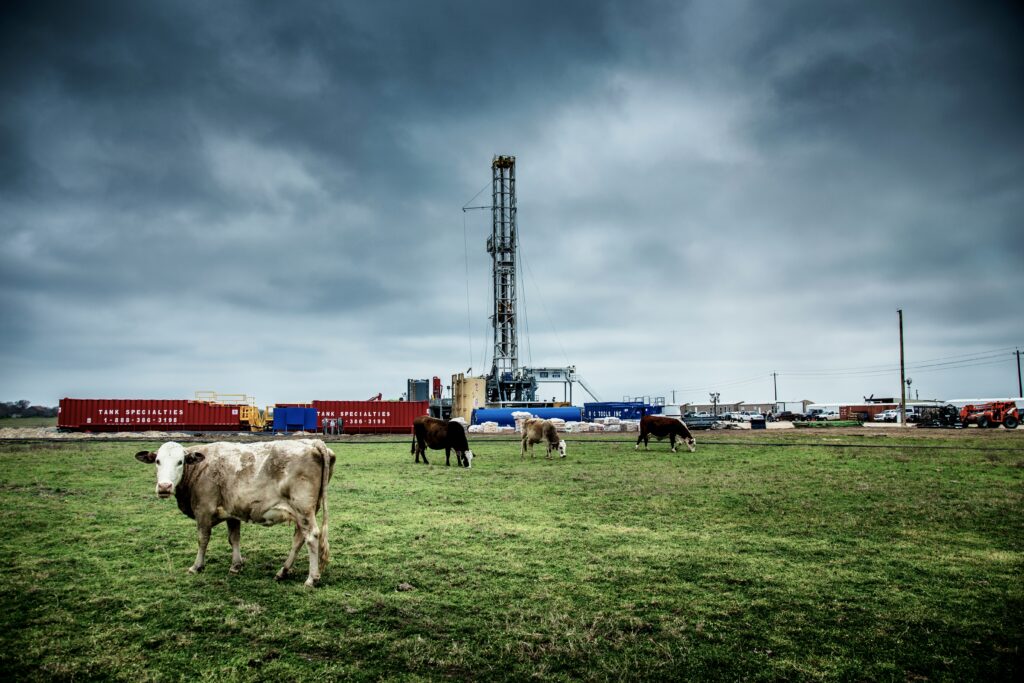
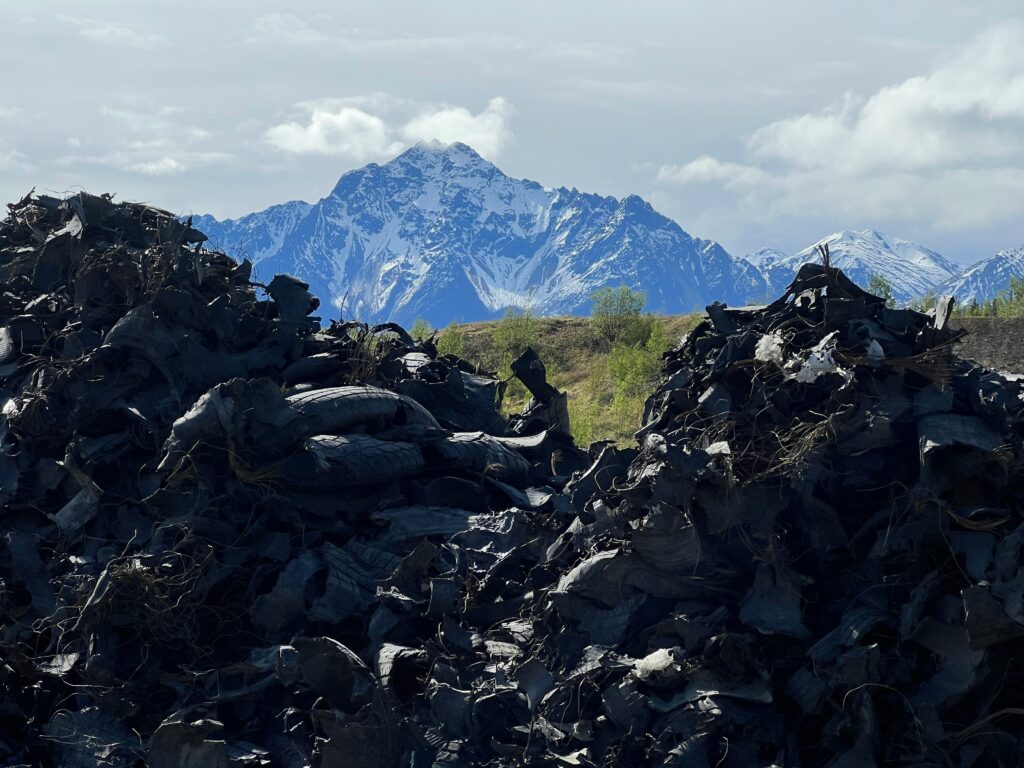
Updated 5-Year State Monitoring Plan
Colorado’s draft 2025 Ambient Air Monitoring Network Plan recommends additional ozone monitors in the Southwest region where elevated concentrations have been detected. Changes to monitoring locations by pollutant begin on page 36.
Updated Operator Air Monitoring Reporting Forms
The CDPHE, in response to the updated rulemaking in early 2025, updated the guidance, monitoring plan forms, and monthly air reporting form for operators complying with the pre-production rules for air monitoring. These forms can be found here.
Fee Increases Effective 7/1/2025
CDPHE raised permitting fees for General Permits and Air Pollutant Emission Notices effective July 1, 2025. Annual emission fee rates will increase January 1, 2026.
Nebraska
On July 1st, The Nebraska Department of Environment and Energy and the Nebraska Department of Natural Resources joined forces to create the new Nebraska Department of Water, Energy, and Environment (NWEE). The headquarters will be based at 245 Gallbrook Blvd, Suite 100 in Lincoln, NE. The new website is located here.
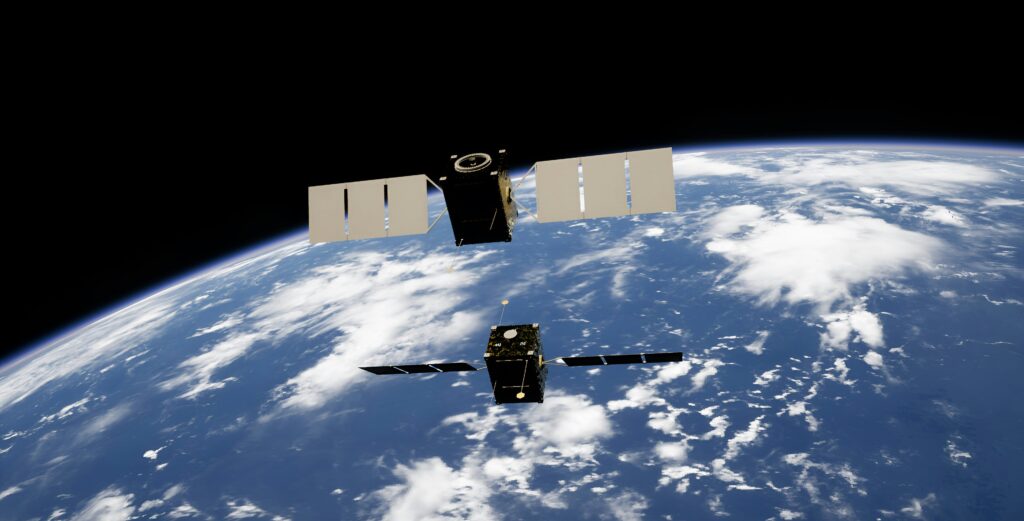
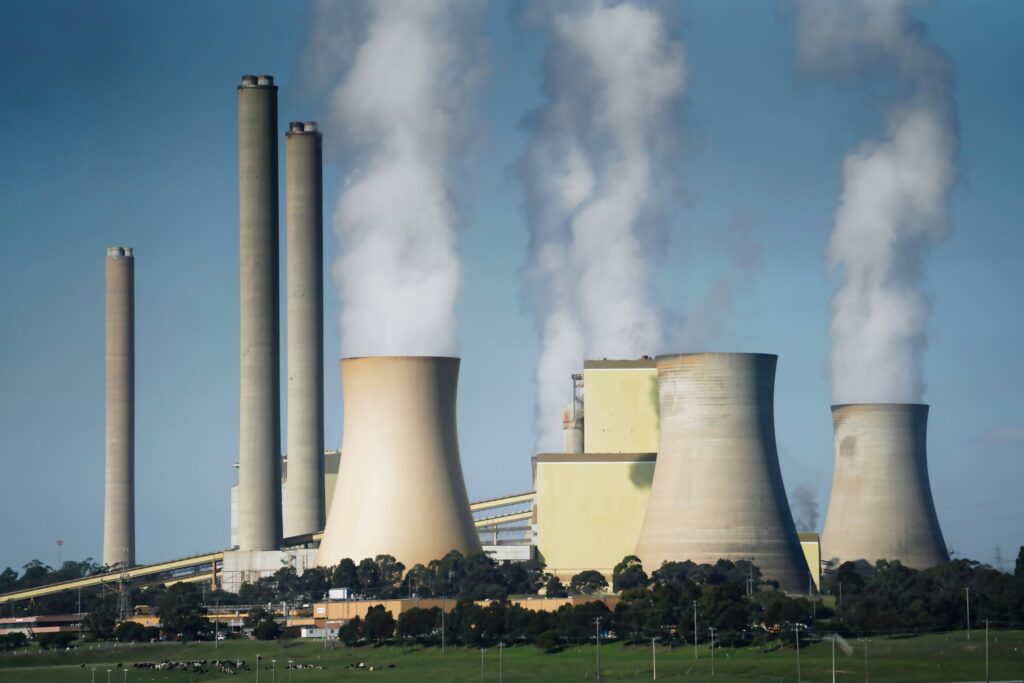
New Mexico
Community Meetings on GHG Reduction Plans
New Mexico is developing a comprehensive Climate Action Plan (CAP) targeting six key business sectors to meet state climate pollution targets. The New Mexico Environmental Department (NMED) & Department of Energy, Minerals, and Natural Resources (EMNRD) help public engagement meetings on the framework. The key business sectors affecting oil and gas:
Electricity:
- Transmission and generation expansion to replace 10GW fossil fuel with 6GW renewable generation
- Streamlined permitting processes to attract private investment
- Grid modernization and alternative technologies including microgrids, geothermal R&D, and energy storage pilots
Industry:
- Reduce CO2 emissions through equipment electrification and expanded carbon capture requirements
- Accelerate abandoned/low-producing well identification and plugging
- Enhanced methane monitoring through remote sensors and increased state enforcement
- Strengthened methane emission regulations for processes and equipment
20.2.70 NMAC Affirmative Defense Revisions
The Environmental Improvement Board (EIB) will hear testimony July 18th on operating permit rule updates, addressing EPA requirements to remove affirmative defense provisions from Title V permits for emergency events, plus various administrative changes.
20.2.92 NMAC Clean Transportation Fuel Program
The EIB will hold public hearings September 22 through November 17, 2025, on a transportation fuel carbon intensity standard for fuel produced and imported into New Mexico. The proposed standard requires 20% carbon intensity reduction by 2030 (from 2018 baseline) and 30% by 2040, with a credit system for regulated parties.
Oklahoma
AQAC Rulemaking
The Air Quality Advisory Council (AQAC) will meet July 30, 2025 to discuss two rulemaking changes:
Air Quality Standards updates aligning with recent EPA changes, including the 3-hour maximum NAAQS for sulfur dioxide amended to 10 ppb, plus secondary standards updates for particulate matter and nitrogen dioxide.
Lead-Based Paint Management revisions updating Oklahoma Administrative Code sections to maintain EPA approval of Oklahoma’s Lead-Based Paint (LBP) program.
Public written comments accepted June 16 through July 17, 2025. Comments may also be made at the July 30 AQAC meeting (9am, DEQ Headquarters).
Texas
Relocation Notices through STEERS
Portable equipment (concrete crushers, batch plants, remediation projects, etc.) requiring relocation notices must submit through STEERS starting May 1, 2025, regardless of PBR or standard permit language. More information, including an example of the form, can be found here.
New Electronic Modeling Evaluation Workbook – Required 7/1/2025
TCEQ updated Electronic Modeling Evaluation Workbooks (EMEWs) are mandatory for minor NSR projects after July 1, 2025. More information, including the updated workbooks, can be found here.
New Fugitive Emissions Workbook
Effective June 1, 2025, NSR applicants must use the updated Fugitive Emissions Workbook incorporating EPA’s revised Global Warming Potential (GWP) values. The updated workbook can be found here.
Failure to Attain Fee Program
The TCEQ ended public comment June 18, 2025 on TAC 101.700 updates incorporating federal Clean Air Act penalty fee requirements for major VOC sources in ozone non-attainment areas (18 counties including Dallas, Harris, Tarrant, and others). Annual fees apply to major VOC and NOx sources until counties achieve attainment redesignation. The proposed rule establishes fee structure and compliance alternatives.

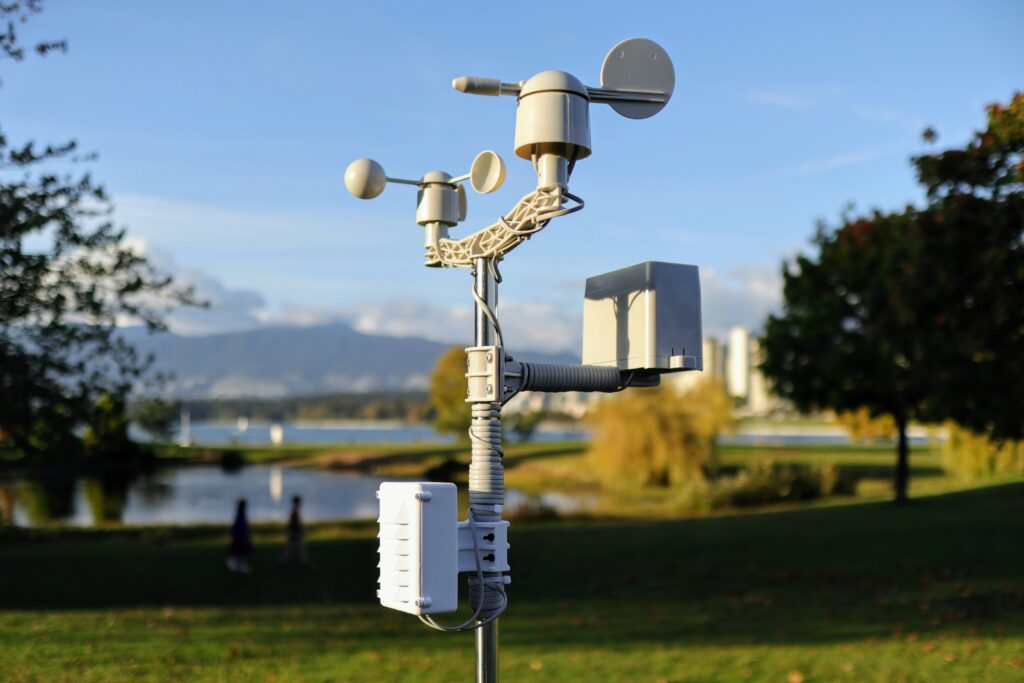
Updated O&G General Operating Permits 511, 512, 513, & 514
The TCEQ proposed revisions to oil & gas GOPs are under review following the comment period. Current major source permit holders will need new authorization to operate (ATO) applications within 90 days of renewal if facilities contain equipment with effective changes.is proposing revisions to oil & gas GOPs. More information about the proposed changes are located here.
Applicants Must Use Updated AP-42 Tank Guidance
Starting July 1st, applicants must use the updated EPA guidance AP-42 Chapter 7 for Liquid Storage Tanks. The final version of the EPA guidance is located here.
Temporary Concrete Batch Plant Standard Permit
The TCEQ created a new non-rule air quality standard permit for temporary concrete batch plants used in public works projects. Forms for this new permit can be found here.
EPA
Waste Emission Charge
On May 19th, the removal of WEC was published in the eCFR located here. WEC was also removed from Part 98 (GHG) as seen here. Further, the Budget Bill passed in early July stated a provision that changed the implementation of the WEC from 2024 to “calendar year 2034”.
Reconsideration of the Endangerment Finding
On March 12th, EPA announced that they are pursuing reconsidering the 2009 endangerment finding which underpins much of the modern EPA climate regulations such OOOOa, OOOOb, GHG reporting, etc. The endangerment finding gave the EPA the authority to regulate greenhouse gases. Undoubtedly, any change in the endangerment finding will find its way to the courts. Our team continues to track any movement on this.
Power Plant Emission Standards
On June 17th, the EPA proposed repealing all GHG emission standards for fossil-fuel power plants under the argument that GHG emissions do not contribute to air pollution that endangers public health & welfare. Public comment on the rule revocation is open until August 7, 2025. The EPA’s proposal can be found here.
BLM
The Venting & Flaring Rule
At a recent NMOGA meeting, an official with the BLM mentioned that the BLM has proposed making some changes to the Waste Prevention Rule. The specific changes have not been made public, although the official stated that the changes would target the venting and flaring provisions. A draft has been sent to the BLM headquarters for review. We will continue tracking this.


The State of the Research & Monitoring
Methane Emissions from Landfills
A CarbonMapper survey of over 10,000 waste sites found 371 landfills and dumps across 71 countries emitting 6.1 million metric tons of methane per year, which is equivalent to the emissions from 40 million cars annually. These sites alone account for approximately 9% of global human-caused methane from the waste sector. Countries with a high number of these super-emitters include the U.S., India, Mexico, Brazil, and Chile.
To tackle this, the UNEP-convened LOW-Methane (LOW-M) initiative launched its Data Strategy in 2025, providing a structured approach to use this data for identifying major emission sources, prioritizing mitigation efforts, and tracking progress. The strategy aims to reduce at least 1 million tons of annual methane emissions well before 2030. This new era of data accessibility, including tools like satellite and drone monitoring and facility-scale modeling, empowers cities and national governments to make informed decisions and accelerate methane mitigation worldwide.
Notably, recent research on U.S. landfills found that the ‘work face’ – the active area where new waste is deposited – is a major and often overlooked source of emissions, accounting for up to 79% of total observed emissions at some sites. This includes landfills with Renewable Natural Gas (RNG) facilities.
CarbonMapper Study in the Permian
A recently published Carbon Mapper airborne survey (April 30 – May 17, 2024) covering the entirety of the New Mexico portion of the Permian Basin identified 1,380 methane plumes from 529 unique sources leaking over 100 kg/hr. The average duration of the events seen was 2.4 hours. Crucially, 18 facilities persistently emitted methane throughout the entire campaign. Compressors constitute the majority of detected sources across the full survey domain (27%). When combined with pipelines, these two types account for 39% of all detected sources. Other prevalent categories include other well-sites (24%) and tanks (22%). Notably, emissions from tanks also showed more persistent, longer-lived activity compared to other well-site emissions. More about this can be read here.
MethaneSAT
MethaneSAT reportedly lost contact with their methane monitoring satellite on June 20th. The satellite was launched in March of 2024 and has been collecting basin-wide methane plume data across the globe. It is unlikely that the team will be able to reconnect with the satellite.
METEC Research on LDAR Methods
The Methane Emissions Technology Evaluation Center (METEC) at Colorado State University (CSU) between 2021 and 2023 conducted standardized, controlled testing of 12 advanced methane detection technologies across three categories: handheld OGI cameras, advanced handheld systems, and mobile (automobile/drone-based) solutions.
Key Findings:
- Handheld OGI Cameras: Generally performed best, showing comparable or better overall performance with the lowest false positive rates (0.0% to 4.3%) and superior accuracy in pinpointing individual leaks.
- Advanced Handheld Solutions: Demonstrated comparable performance to OGI cameras in most metrics, with their 90% probability of detection (DL90) within the EPA’s quarterly monitoring threshold (≤ 1 kg CH4/h). However, they had a much higher false positive fraction than OGI cameras.
- Mobile Solutions: Were faster for surveying large areas but typically showed the largest false positive (19.2% to 50.0%) and false negative (20.3% to 48.5%) values. They also had more difficulty isolating individual emissions when multiple leaks occurred simultaneously.
Upcoming Due Dates
- 7/31/2025 – Colorado ECD Testing Report Due
- 7/31/2025 – Extended Deadline for NMED LERR Report
- 8/5/2025 – EPA OOOOb Annual Report Due
- 10/30/2025 – EPA OOOOa Annual Report Due
- 11/30/2025 – CO NOx Intensity Interim Report Due
Where We Will Be
Our team will be attending the following events. If you’ll be there and would like to say hello, grab a coffee, or a post-event lunch/dinner – let us know! We’d love to see you:
- Rocky Mountain EHS Peer Group Meeting – July 17th in Denver, CO
- NMOGA Annual Meeting – October 7-8th in Santa Fe, NM
- CH4 Connections Conference – October 7 – 9th in Fort Collins, CO
- Energy Emissions Modeling Data Lab Annual Event – October 21 – 23rd in Austin, TX
